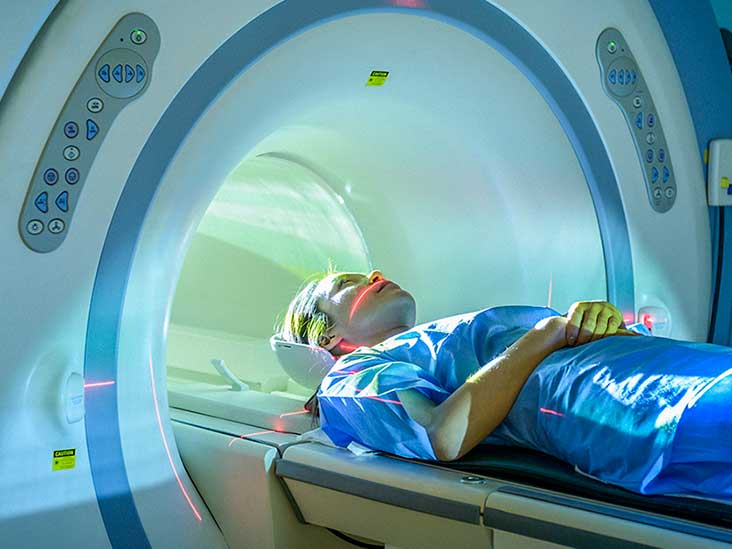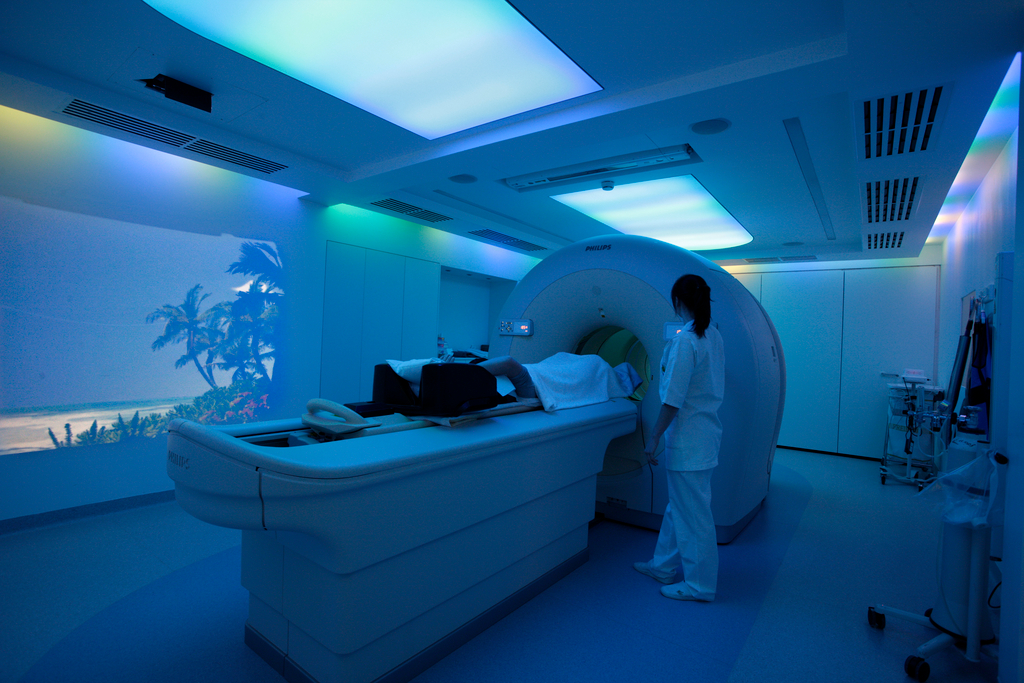Medical imaging is without a doubt one of the most important healthcare advancements of the modern age. Being able to see inside the body with little to no invasion has saved countless lives and has lent itself to a plethora of discoveries and innovations. Nuclear medicine as a practice has been around for some time, but it has made some exciting developments over the past few years.
While the notion of injecting radiopharmaceuticals into the bloodstream has raised some flags, it is often the most effective and innovative option for identifying, eradicating and treating a range of afflictions. The field is growing in such a way that its market value is predicted to grow by a whopping 5.4 billion USD within the next three years! This growth is mainly attributed to growing concerns about various health issues which nuclear medicine is a favorable treatment option, such as cancer and cardiovascular disease.
Here are some of the ways the nuclear medicine field has recently grown, and how it will continue to.
Growing into an Independent Specialty
Compared to the overall medical and diagnostic imaging industry, nuclear medicine is relatively small. In many cases, it is considered more of a subspecialty of radiology than its own stand-alone field. As of September 2019, there were 42 dedicated nuclear medicine post-secondary programs in the United States, compared to 94 radiation oncology programs and more than 200 diagnostic radiology programs. While it may not be as popular as the more common medical imaging specialties, it’s future is promising.
There have been some revolutionary steps forward in the field, and while many facets of nuclear medicine are still somewhat experimental, the prospective applications are very exciting. It also has the potential to make up for various downfalls of other types of radiation therapy which have posed problems for years.
While some groups have seen challenges related to recruiting emerging healthcare professionals in this field, this could potentially be attributed to lack of knowledge of the growing opportunity or shortcomings in terms of online presence. Regardless, the field is showing promise to become one of the most dynamic and competitive healthcare fields to date.
Dr. Steven Larson, MD, has over 60 years experience in the field and is an advocate for encouraging young professionals to consider a career in the nuclear medicine specialty. He believes it to be an inspirational and exciting career that thus far hasn’t gotten the attention it deserves relative to other specialties. In order to attract young professionals to the profession, it needs to be better presented as the fulfilling and secure opportunity that it is.

Developments in Cancer Research and Treatment
Nuclear medicine has been used to identify, assess and treat various forms of cancer for years. However, this subspecialty is continuing to push the boundaries of the effectiveness of certain treatments, contributing to the fight against one of the most common afflictions in the world. Modern research sees nuclear medicine playing a role in both metastatic and localized cancer situations.
New developments in positron emission tomography (PET) scans in cancer patients included conducting dynamic scans, rather than static ones, to generate high-quality images of metastatic cancer. In cases of metastatic cancer, where the disease spreads from its place of origin into different parts of the body, being able to take dynamic scans that show how tissue is behaving and responding to treatment is a crucial step forward.
There have also been new findings surrounding targeted radionuclide therapy in regards to prostate cancer treatment. Common methods of treatment, such as immunotherapy and external beam radiotherapy, have their limitations when it comes to treating prostate cancer, typically due to the specific tumor microenvironment this kind of cancer possesses. However, research has now found that injecting low levels of radiation into the localized affected area improves the effectiveness of immunotherapy while not compromising the normal immune system.
While this particular study focused on prostate cancer, this targeted method could possibly have applications in a variety of localized cancer sites.
Peter S. Conti, who has over 40 years of work in the cancer imaging and nuclear medicine realms, was recently awarded the Benedict Cassen Prize. This honor recognizes individuals in the Nuclear Medicine field making outstanding advancements in the industry. Conti has published over 300 peer-reviewed papers in molecular imaging and is responsible for many groundbreaking developments of novel PET and hybrid imaging agents for diagnostic applications in diseases, most notably cancer.
A Role in the COVID-19 Battle
Just about every healthcare discipline has played some sort of role in the battle against COVID-19, and nuclear medicine has possibilities to contribute as well. According to recent research, some experts believe that a very low dose of radiation, about one-one hundredth of that given to cancer patients, can dramatically affect the recovery of COVID-19 patients.
This hypothesis is based on radiation’s success in treating pneumonia several decades ago, the infection of which shares many similar characteristics to COVID-19. Because many centers around the world already have radiation departments and radiologic technologists trained in administering this kind of treatment, this approach could be put into practice with relative ease. Currently, research is being conducted at three major centers across the United States, including Massachusetts General Hospital (MGH) in Boston.
Here is one inspiring story from a professional at the Gordon Center for Medical Imaging at MGH. Because many nuclear medicine technologists are also familiar with other forms of medical imaging, they have been a vital addition to the front line workers across the country. Julia Scotton, who is certified in both nuclear medicine and computed tomography, volunteered her time to perform CT scans on COVID-19 patients, which gave her a first-hand look at the virus and consideration into how the overall medical imaging field can play a role in fighting it.
Are you looking for a rewarding career in the field of nuclear medicine, or medical imaging in general? It’s one of our specialties and we would be more than happy to find a new position in the field. Visit our job board for new opportunities or contact us today to get started.











